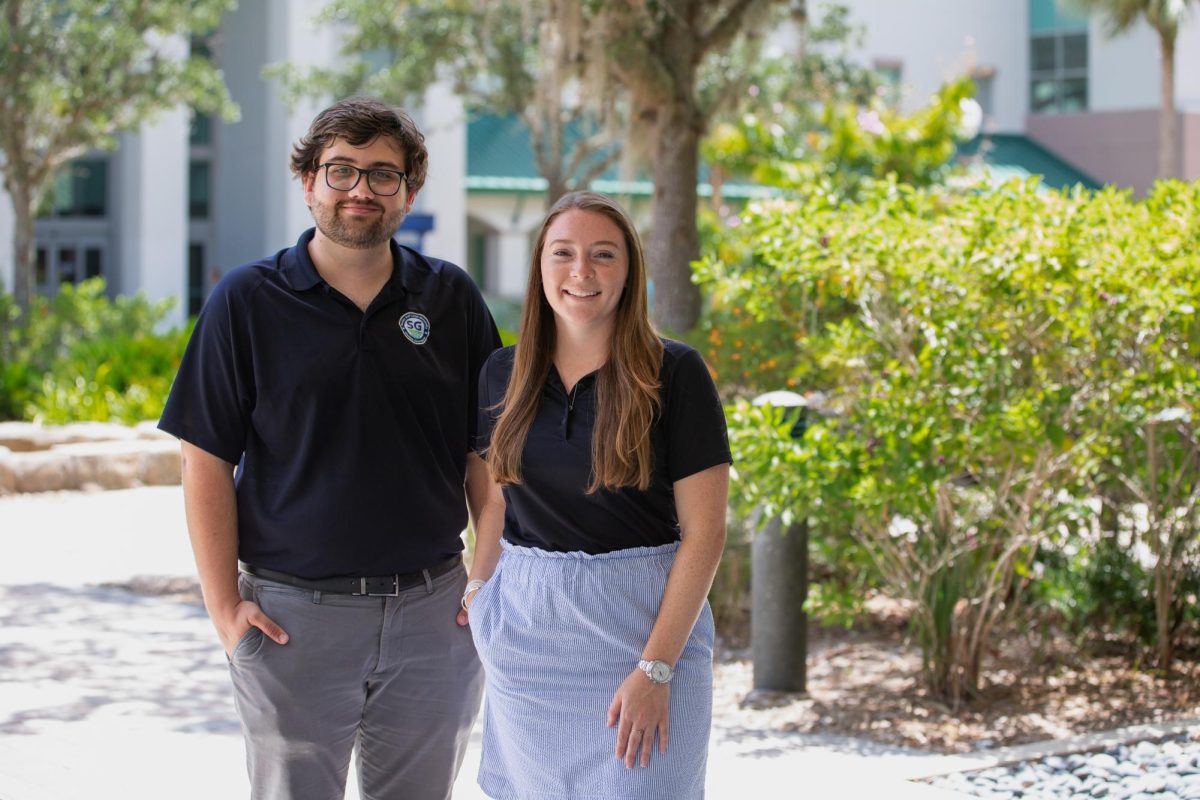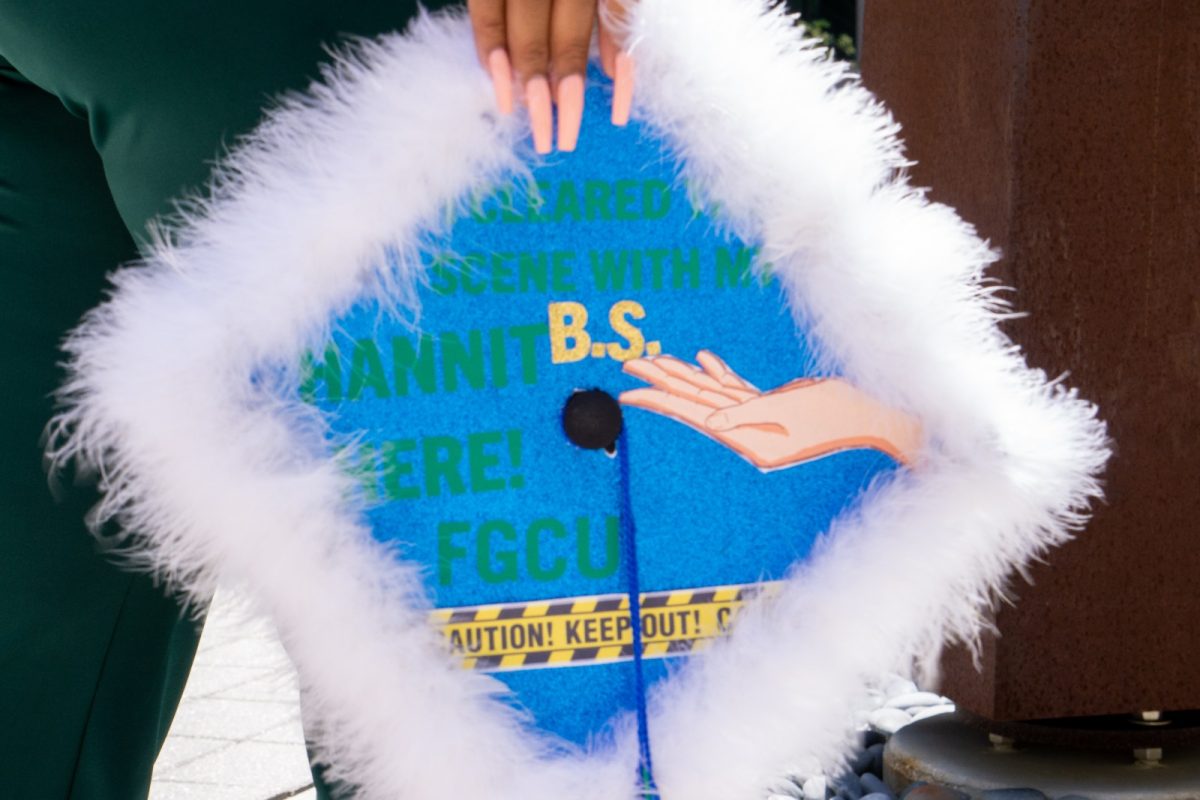When it comes to expressing love, everyone goes about it differently. Maybe you show how you love someone by spending time with them, maybe you give them gifts unprompted or maybe you just tell them in as few words as “I love you.”
However you do it, you’ve likely found that others may show their love differently from you. These differences create dynamics between connected people as almost a subtle, sometimes nonverbal language of its own.
If you’ve heard of the concept of the “five love languages,” you’ve probably considered what love language you use. If you haven’t, that’s nothing to be ashamed of.
Pitched in a 1992 book by Gary Chapman, a Baptist minister, the five primary love languages are: words of affirmation, quality time, gifts, acts of service and physical touch. His theory suggests that every person has a primary love language and a secondary one, but everyone experiences each to some degree.
While initially considered only in terms of romance, the overall idea of these love languages has grown beyond its original place in Christian couples’ counseling and entered the pop culture mainstream with millions of copies of Chapman’s original bookselling since its publishing.
The recent resurgence in the concept’s popularity may be attributed to TikTok (as many current trends can), the various tags related to Chapman’s theory raking in millions of views as couples and friends search for ways to better their relationships with those they care about, seek validation for their own ways of expressing how they feel, or just try to catch up with what others are talking about.
An abundance of short-form videos explaining each love language, how to identify your own and advice on how to figure out the love languages of others provide easily digestible versions of relationships to those who watch. The 5 Love Languages website also advertises quizzes, apps and further reading material.
It’s impossible to ignore that the man behind the theory has certainly found a way to sell it to people.
All this simplification of complex human relationships to a point that critics may claim lacks nuance has drawn criticism, the validity of the love languages having been called into question through various relationship studies since the book’s publishing hinting that the theory may not hold water upon deeper reflection. The studies on love languages are scarce and their results are contradictory. Maybe that’s just the thing about love, it’s less about the broader picture and more about the individuals who share it with one another.
In the end, whether Chapman’s theory is accurate or not, it can be at the very least a helpful tool in identifying ways to convey your love for and accept love from those you care about. Relationships, no matter their nature, are about learning about another person and connecting with them. I believe that any tool that encourages (be it a trend or therapeutic method) the observation and deeper understanding of others is worth, at the very least, consideration and contemplation.














































